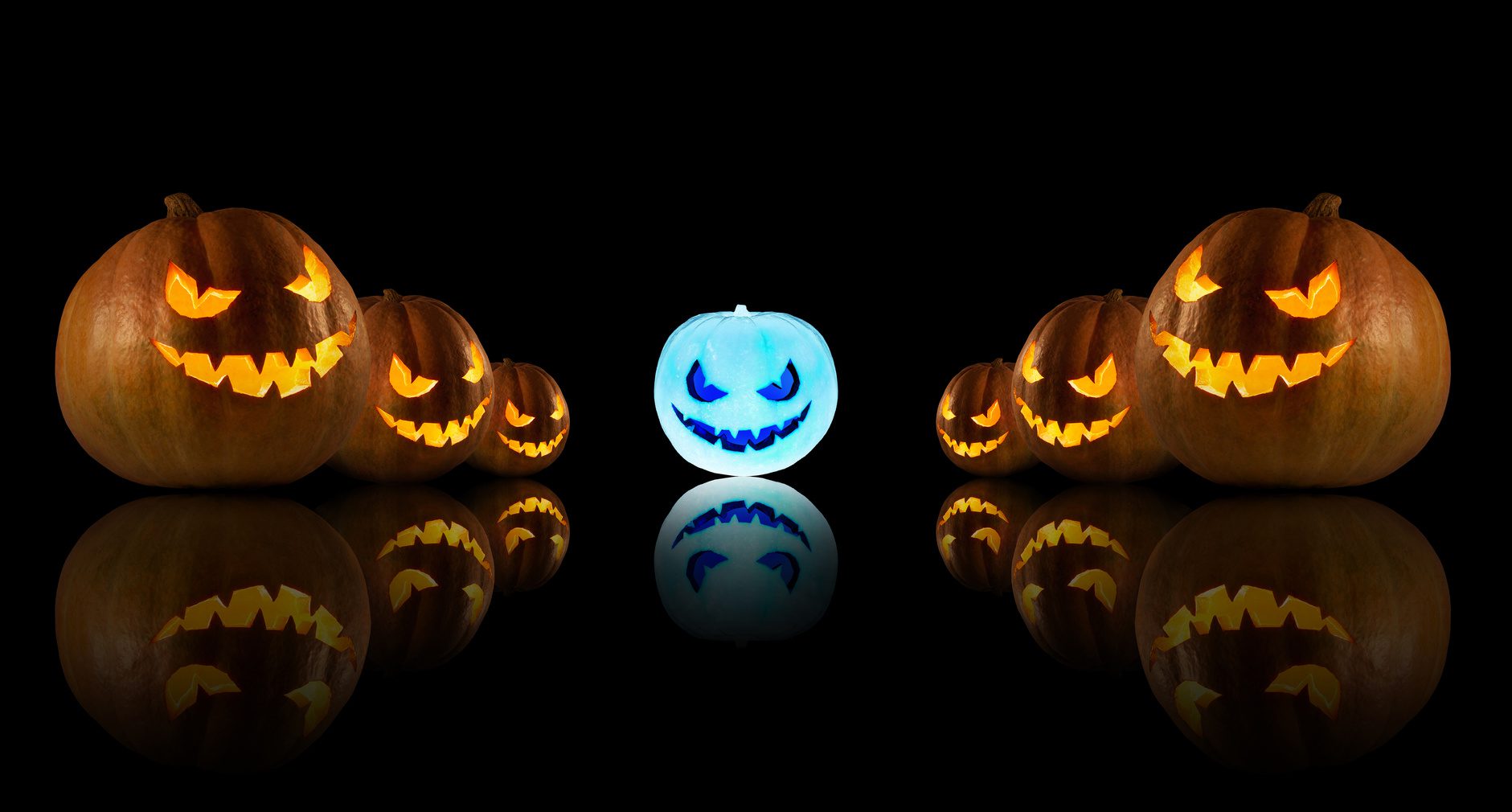
Parents are hopeful that blue pumpkins will become popular in all cities and communities, according to a 2019 viral post. Blue pumpkins may be utilized in the autumn and throughout Halloween.īlue pumpkins are primarily utilized by families and caregivers to alert neighbors to the fact that their autistic kid is there and that trick-or-treating exchanges may offer particular difficulties for them by letting them know. While none of these uses is connected to a specific public campaign or charitable fundraising objective, many families plan blue pumpkin displays and outreach initiatives for distinctive awareness (and for personal purposes, too!).

Spare no kindness!” What does it imply when a pumpkin turns blue? “This implies that communication with you and speaking may be challenging for them. One Wyoming-based pediatric treatment organization used Facebook to summarize how blue pumpkins have been utilized most often by informed families: “If you see someone holding a blue pumpkin during trick-or-treating, please consider that they may have autism,” they posted. Some have even made blue-pumpkin candy bags for kids in an effort to get their neighbors to reconsider how they might need to modify their interactions once they open the door to trick-or-treaters. Since then, many families have adopted the practice of putting blue pumpkins on their porches, lawns, and backyards in an effort to engage neighbors in conversation. At their website, you may be able to discover the same material in a different format or additional details. This material was downloaded from Facebook. Unknown as to who originally used blue pumpkins as a discussion starter for autism education, one of the first widely shared postings about the social media-driven grassroots movement came from a family in Louisiana in 2018. This is probably due to the Teal Pumpkin Project, which began in 2013 as a way for families with severe food allergies to better educate neighbors about these challenges. Social media users noticed blue pumpkins starting to trend as symbols to raise awareness about how autism spectrum disorders may affect trick-or-treating and other Halloween celebrations. So, like many other non-traditional pumpkins for Halloween, the act of placing out a blue pumpkin began as a grassroots movement on social media. This is especially true for blue-colored pumpkins and gourds used in customary October festive displays, as well as for Halloween decorations like dark-blue pumpkin candy buckets and yard signs that draw the attention of other trick-or-treaters.Īccording to the Centers for Disease Control and Prevention (CDC), 1 in 54 American children are on the autistic spectrum. Below, they provide advice on what to do if you notice a youngster holding a blue pumpkin (or if you wish to display one yourself).ĭuring the autumn, and particularly during Halloween celebrations, displaying pumpkins is a terrific way to attract the attention of your neighbors, especially if they are brightly painted or decorated.

After the concept gained popularity on social media, blue pumpkins have been unofficially adopted by various families around the nation as a means of spreading awareness about autism spectrum Disorders (ASD).While there are many different meanings for the color, it typically means the color of sadness and death. “Blue pumpkin varieties” is a term that’s used to describe pumpkins with a dark blue, purple, or black skin.


These include the meaning of blue and what colors people typically choose for their costumes. “Blue” is a color that’s not often associated with Halloween, but there are some interesting things to know about Halloween pumpkins.


 0 kommentar(er)
0 kommentar(er)
